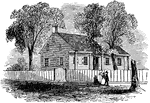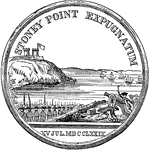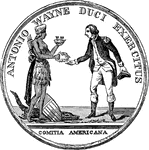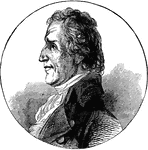Clipart tagged: ‘american revolutionary war of independence’

Chatterton's Hill, From the Railway Station
While Washington was inspecting the terrain, seeing where it was best to station his troops, he ran…

Jacob Purdy House
The Jacob Purdy House was used as General George Washington's headquarters in 1778 and possibly in 1776…

Morris-Jumel Mansion
The Morris-Jumel Mansion, located in historic Washington Heights, is the oldest house in Manhattan.…

William Washington
William Washington (February 28, 1752 to March 6, 1810), was a patriotic Southern cavalry officer during…

General Anthony Wayne's Gold Medal (Back)
Anthony Wayne (January 1, 1745–December 15, 1796) was a United States Army general and statesman.…

General Anthony Wayne's Gold Medal (Front)
Anthony Wayne (January 1, 1745–December 15, 1796) was a United States Army general and statesman.…

Marinus Willett
Marinus Willett (July 31, 1740 – August 22, 1830) was an American soldier and political leader from…